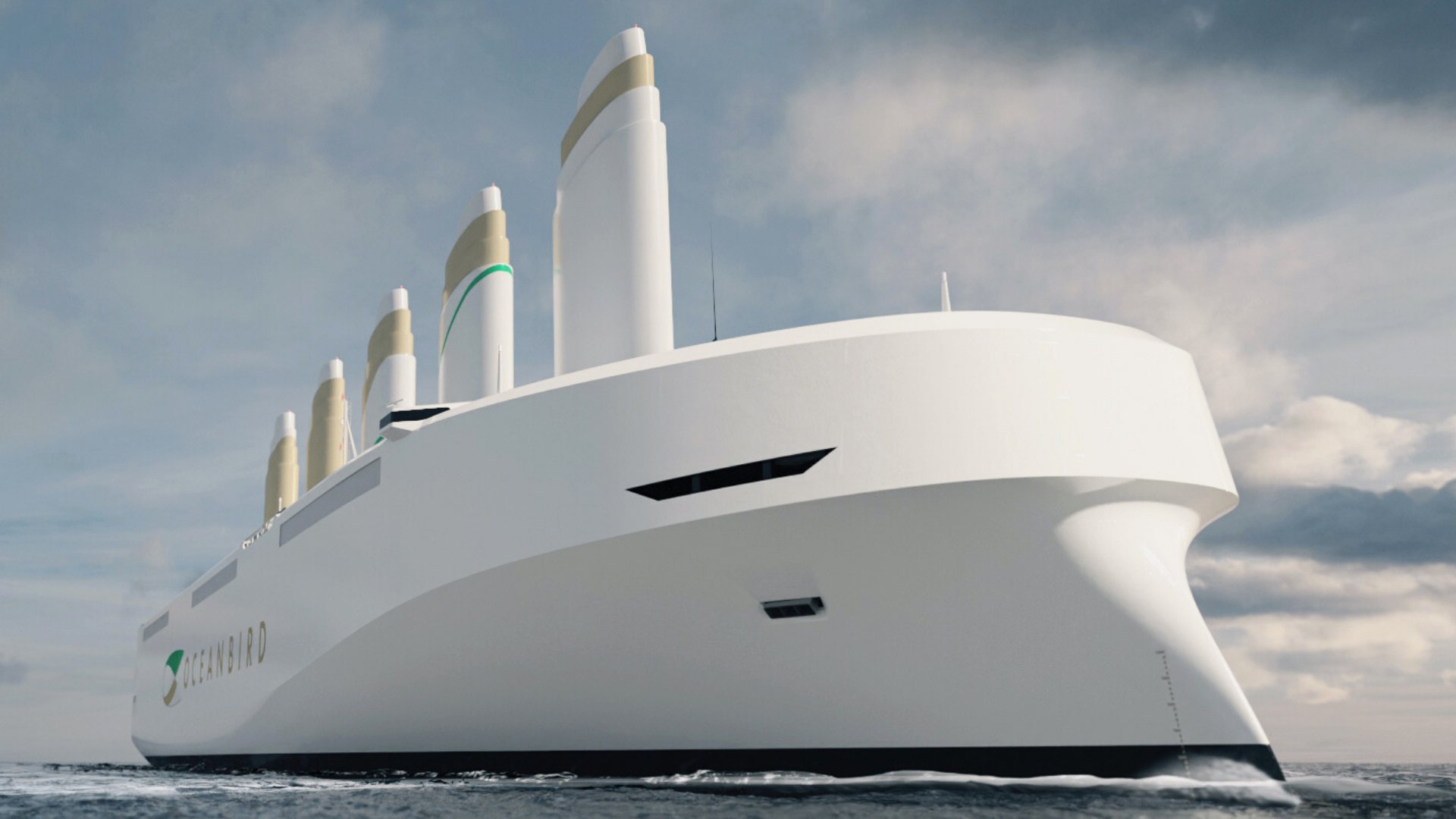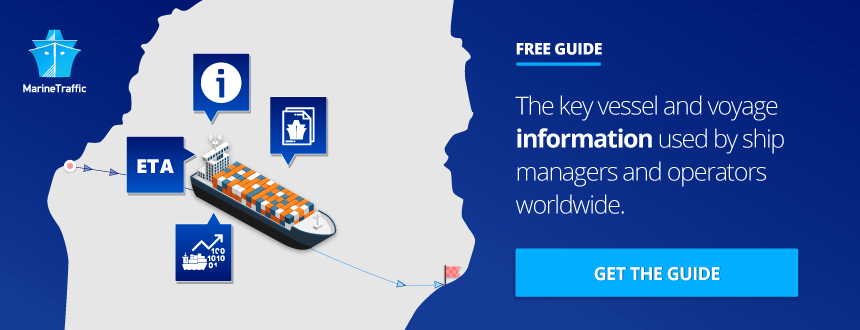Shipping keeps commerce moving and accounts for a staggering 80 per cent of worldwide trade by volume.
However, despite being the most efficient way of transporting goods and commodities around the world, that has come at a cost to the environment with diesel engines emitting high levels of carbon dioxide and sulphur.
Moving to renewable energy sources won’t be easy – but cutting-edge innovation is throwing up fascinating possibilities.
Earlier this month a Swedish design company – Wallenius Marine – unveiled its eco-friendly cargo vessel concept.
The 650-foot-long aerodynamic ‘Oceanbird‘ vessel certainly means business.
It’s designed to transport a hefty 7,000 cars but can hit an average speed of 10 knots and is powered predominantly by wind.
The ship will reportedly take around 12 days for a transatlantic crossing and trials involving a smaller 20-foot-long model have already taken place.
“We are proud to present our third iteration of our design, which we have worked with for several years,” explained Per Tunell, who is the COO of Wallenius Marine.
“Shipping is a central function in global trade and stands for around 90 per cent of all transported goods, but it also contributes to emissions – it is critical that shipping becomes sustainable.
“Wind is the most interesting energy source for ocean transports and with the 80 metre high wing sails on Oceanbird, we are developing the ocean-going freighters of the future.”
Wind power is key for the Oceanbird. Giant sails made of metal and composite dominate the design of the ship.
The vessel will still need engines as a secondary mode of propulsion, though, and liquid biogas is the preferred option.

With attitudes changing, the market could be rife for disrupters in the coming years.
The International Maritime Organization‘s (IMO) lofty aims are well known. They want carbon dioxide emissions from international shipping slashed by 40 per cent in the next decade. But the IMO has already moved on reducing the amount of harmful sulphur dioxide emitted by shipping by imposing a global sulphur cap of 0.5% at the start of 2020. Most ship operators have chosen to burn low-sulphur blends.
Scrubbers – which allow ships to still burn cheaper high sulphur fuels – looked like they could be part of the answer.
But with the on-going pandemic, ship owners are postponing or shelving installations entirely.
Nevertheless, findings earlier this week suggested scrubbers could still make a major difference in the race to become more environmentally friendly.
“Well-to-wake, using HFO as fuel in combination with scrubbers generates less CO2 than using compliant fuel,” said Kai Latun, Director in Yara Marine Technologies, a manufacturer of these systems.
“In real life this is probably not the case, but there is no doubt that using compliant fuels, all things considered, will result in three to five times higher CO2 emissions than using HFO as fuel in combination with scrubbers.”
Innovation in any industry is crucial. And the battle to save the planet looks certain to keep driving the development of intriguing new technologies forward.

